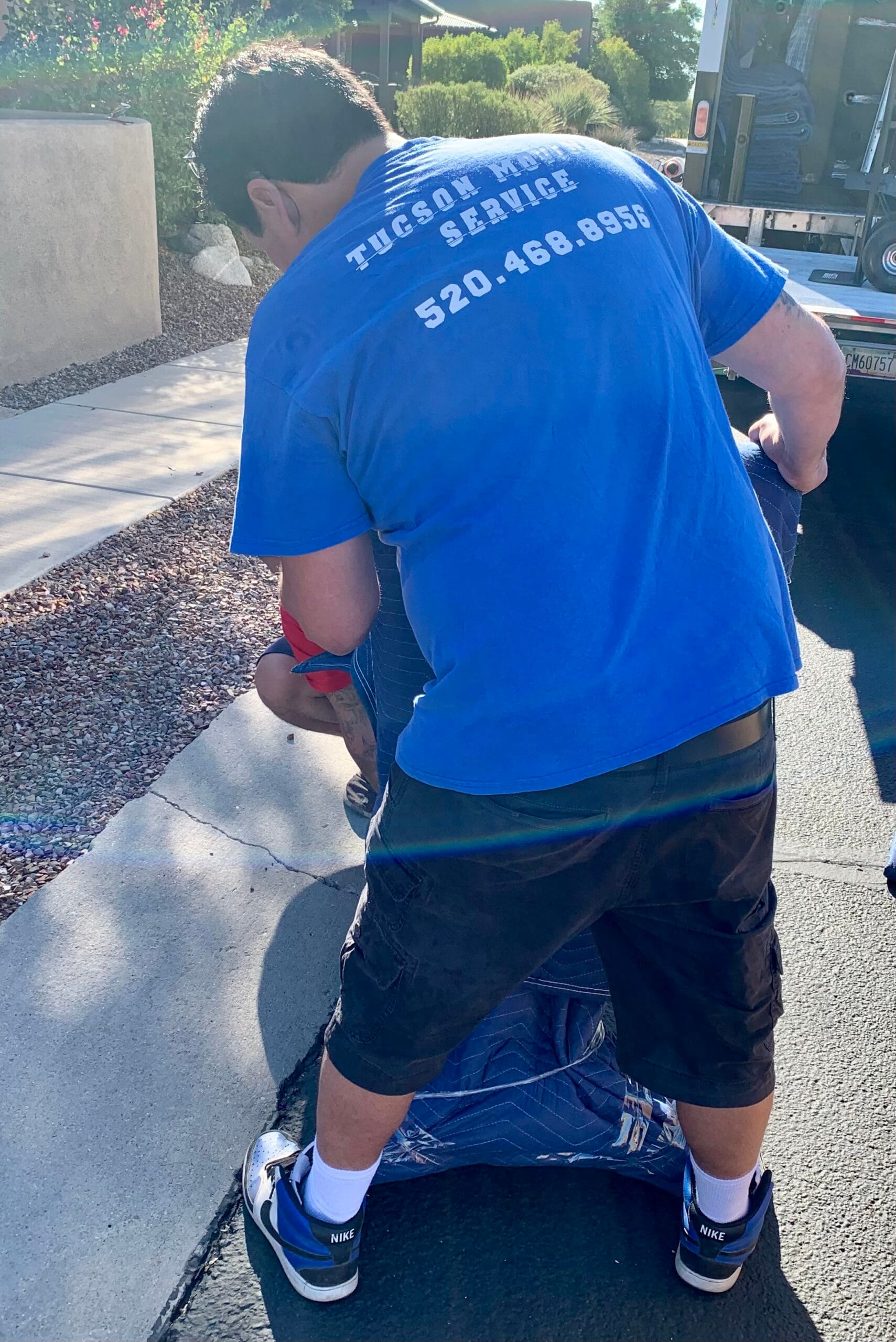Imagine you’re finally making that big move from New York to California, and you’ve packed up your life into a moving truck, only to be stopped at a state border because you didn’t realize there were specific regulations for interstate moving. Navigating the labyrinth of interstate moving regulations can be daunting, but it’s a crucial step you can’t afford to overlook. In this discussion, you’ll get a comprehensive checklist of essential regulations, from state-specific rules to federal requirements, that will ensure your move is seamless and lawful. Keep on, as we unravel this complex process and steer you clear of potential pitfalls.
Understanding Interstate Moving Regulations
To navigate the complexities of interstate moving regulations, you must be fully informed about the various legal requirements and guidelines that govern such moves. Understanding these rules will ensure that your relocation rights are protected and your contractual obligations are met.
You’re entitled to a copy of a booklet called “Your Rights and Responsibilities When You Move”. The moving company is obliged to provide this information. It outlines your relocation rights, important details about the moving process, and how to handle disputes should they arise.
You’ll be presented with a bill of lading. This contract outlines the services the mover will provide, the cost, pick-up, and delivery dates, and the terms of payment. You must understand this document, as it’s a binding agreement you’ll be held to. It’s your contractual obligation to fulfill the terms stated therein.
The mover is also required to prepare an inventory of your goods. You must verify its accuracy, as it’s the primary document used to determine if any items are missing or damaged during the move.
Lastly, remember that you have the right to be present each time your shipment is weighed. The weight determines the cost of your move, so it’s important to ensure it’s accurate.
Understanding interstate moving regulations is not simply a matter of compliance, but it’s also about protecting your interests. By being informed and proactive, you can ensure a smooth, trouble-free moving experience. In the world of interstate moving, knowledge is power.
Checklist for State-specific Regulations
While understanding general interstate moving regulations is crucial, it’s equally important that you’re aware of state-specific regulations that can impact your move. These laws vary depending on the state you’re moving to and from, and ignorance of these laws is not a valid excuse for violation, thus exposing you to potential regulation penalties.
To ensure you’re adequately prepared, here’s a checklist to guide you:
Research State-specific Regulations: Different states have distinct rules and regulations regarding moving. These may include limitations on what you can bring into the state, such as plants or pets, and requirements for registering vehicles or obtaining a new driver’s license.
Understand Document Requirements: Each state may have unique document requirements for new residents. For instance, some states may require proof of residency, while others may need additional identification documents. Ensure you have all necessary papers to avoid any legal issues.
Be Aware of Regulation Penalties: Non-compliance with state regulations can result in penalties ranging from fines to more severe consequences. Therefore, familiarize yourself with the possible penalties in your new state to avoid surprises.
Key Federal Regulations for Relocations
When planning your interstate move, it’s crucial to comprehend the Federal Motor Carrier Safety Administration (FMCSA) rules and ensure compliance with the Department of Transportation (DOT) standards. These federal guidelines are key to a smooth, legal relocation process. Let’s unpack these regulations to better equip you for your upcoming move.
Understanding the FMCSA Rules
You’ll need to grasp the rules set by the Federal Motor Carrier Safety Administration (FMCSA) to ensure your interstate move complies with key federal regulations. Understanding the FMCSA enforcement procedures and your carrier’s responsibilities can help ensure a stress-free relocation.
Key factors include:
– Ensuring your carrier is licensed by FMCSA, providing safety in transit.
– Understanding your rights and responsibilities during the move.
– Knowing the FMCSA rules on dispute resolution, should issues arise.
Compliance With DOT Standards
Adhering to Department of Transportation (DOT) standards is a crucial aspect of ensuring a smooth interstate move, as these regulations aim to protect both your belongings and your overall moving experience. A key part of this is complying with DOT Inspection Procedures. Your mover must have their fleet inspected routinely to ensure they are operating safely and efficiently. This includes checks on brakes, lights, tires, and other essential components.
Another crucial standard is maintaining the vehicles properly. DOT’s Vehicle Maintenance Standards mandate regular upkeep to prevent breakdowns or accidents en route. You’ll want to check your mover’s maintenance records to ensure they’re up to par. Remember, it’s not just about the move, it’s about your safety and the safety of your possessions too.
Insurance Requirements for Interstate Moving
Before embarking on an interstate move, it’s crucial to understand the insurance requirements set by federal regulations to safeguard your belongings. The insurance claim process and coverage limitations are key aspects to consider.
The Federal Motor Carrier Safety Administration (FMCSA) requires moving companies to offer two types of insurance: Full Value Protection and Released Value. Full Value Protection is more comprehensive, covering the replacement value of lost or damaged goods. Released Value, on the other hand, provides minimal protection based on weight, not the item’s actual cost.
Understand the insurance claim process. In the event of loss or damage, you’ll need to file a claim with your moving company. This is typically a straightforward process, but it’s essential to:
* Know your rights and responsibilities under federal regulations
* Keep a detailed inventory of your belongings
* Document any damage as soon as you notice it
Remember, there are coverage limitations. Even with Full Value Protection, some items might not be fully covered. High-value items often require additional insurance, and some types of damage may not be covered at all. It’s crucial to read the fine print and ask your moving company about any coverage limitations.
To protect your belongings during an interstate move, it’s important to understand your insurance options, the claim process, and any potential coverage limitations. Comprehensive planning and understanding of these elements will ensure a smoother, less stressful moving experience.
Transporting Hazardous Materials Regulations
When moving interstate, you need to be aware of the regulations surrounding the transport of hazardous materials. First, correctly identifying these materials is crucial for everyone’s safety. Then, it’s important to understand both the guidelines for safe packaging and the necessary emergency response protocols.
Identifying Hazardous Materials
You’ll need to be aware of the specific regulations for identifying and transporting hazardous materials when planning an interstate move. Material classification is key to this process. The U.S. Department of Transportation (DOT) has nine classes of hazardous materials, each with unique safety measures and packing requirements.
As part of your preparation, you should:
– Understand the nature of your items. Some common household items, like certain cleaning supplies, can be classified as hazardous.
– Use the DOT’s Hazardous Materials Table for correct classification and packaging.
– Implement the right safety measures, such as using DOT-approved containers and marking packages clearly.
Knowing these regulations will help ensure a safe and legal move. Always consult a professional if you’re unsure.
Safe Packaging Guidelines
To ensure a safe and legal interstate move, it’s crucial to adhere to DOT’s stringent packaging guidelines for hazardous materials. This not only safeguards your belongings but also protects the environment, emphasizing the importance of packaging materials sustainability.
When packing, use high-quality, durable boxes and containers designed for hazardous materials. Label them clearly and appropriately to avoid confusion during transport. For fragile items packing, use bubble wrap, packing peanuts, or other cushioning materials to prevent breakage or leakage.
Always check the DOT’s current regulations before packing. Some items may require special handling or packaging. Remember, your safety and the safety of others on the road rely on your compliance with these guidelines.
Emergency Response Protocols
While meticulously adhering to packaging guidelines is crucial, it’s equally important to understand and implement the Department of Transportation’s (DOT) emergency response protocols when transporting hazardous materials.
This is where disaster preparedness and crisis management come into play. You must be prepared to handle emergencies effectively. The DOT has specific requirements for dealing with such situations:
– Implementing a thorough risk assessment to understand potential hazards.
– Ensuring you have well-trained staff who can handle emergencies.
– Having a solid emergency response plan in place.
Understanding Vehicle Transportation Legislation
Before embarking on an interstate move, you must be well-versed with the various vehicle transportation legislations that govern such transitions. These laws, such as Vehicle Inspection Laws and the necessary Cross border Permits, ensure a smooth and legal transition from one state to another.
Vehicle Inspection Laws are designed to maintain road safety and environmental responsibility. They require your vehicle to meet specific safety and emissions standards before you move across state lines. You’ll need to ensure your car is in good shape, with functioning brakes, lights, and other essential components. You should get your vehicle inspected by a certified mechanic to avoid any potential legal issues.
Cross border Permits, on the other hand, are necessary documents that allow you to legally transport your vehicle across state borders. You’ll need to apply for these permits in advance, as they can take some time to process. The requirements for these permits can vary, so it’s crucial to check with the relevant state authorities about what you need to do.
Navigating the maze of interstate moving regulations can feel like trying to solve a Rubik’s cube blindfolded. But remember, over 35.5 million Americans move annually, and they, like you, have successfully tackled this puzzle. By understanding the interstate moving regulations, checking state-specific laws, knowing federal guidelines, meeting insurance requirements, and following hazardous materials and vehicle transportation regulations, you’re setting yourself up for a smooth, hassle-free move. You’ve got this!



